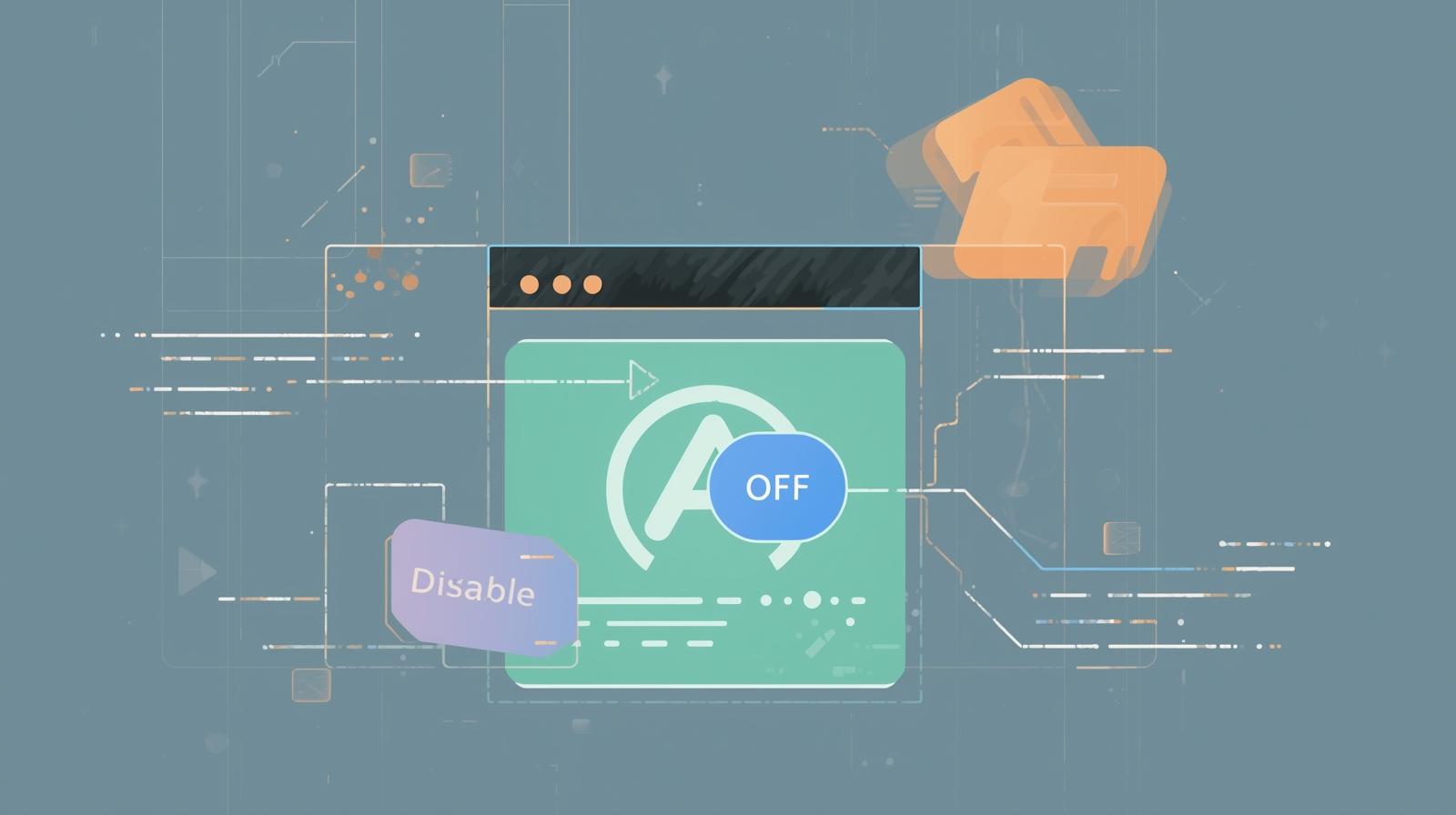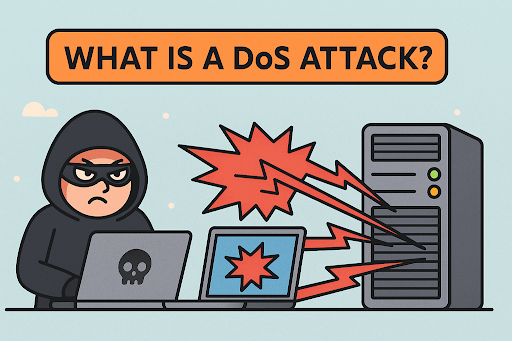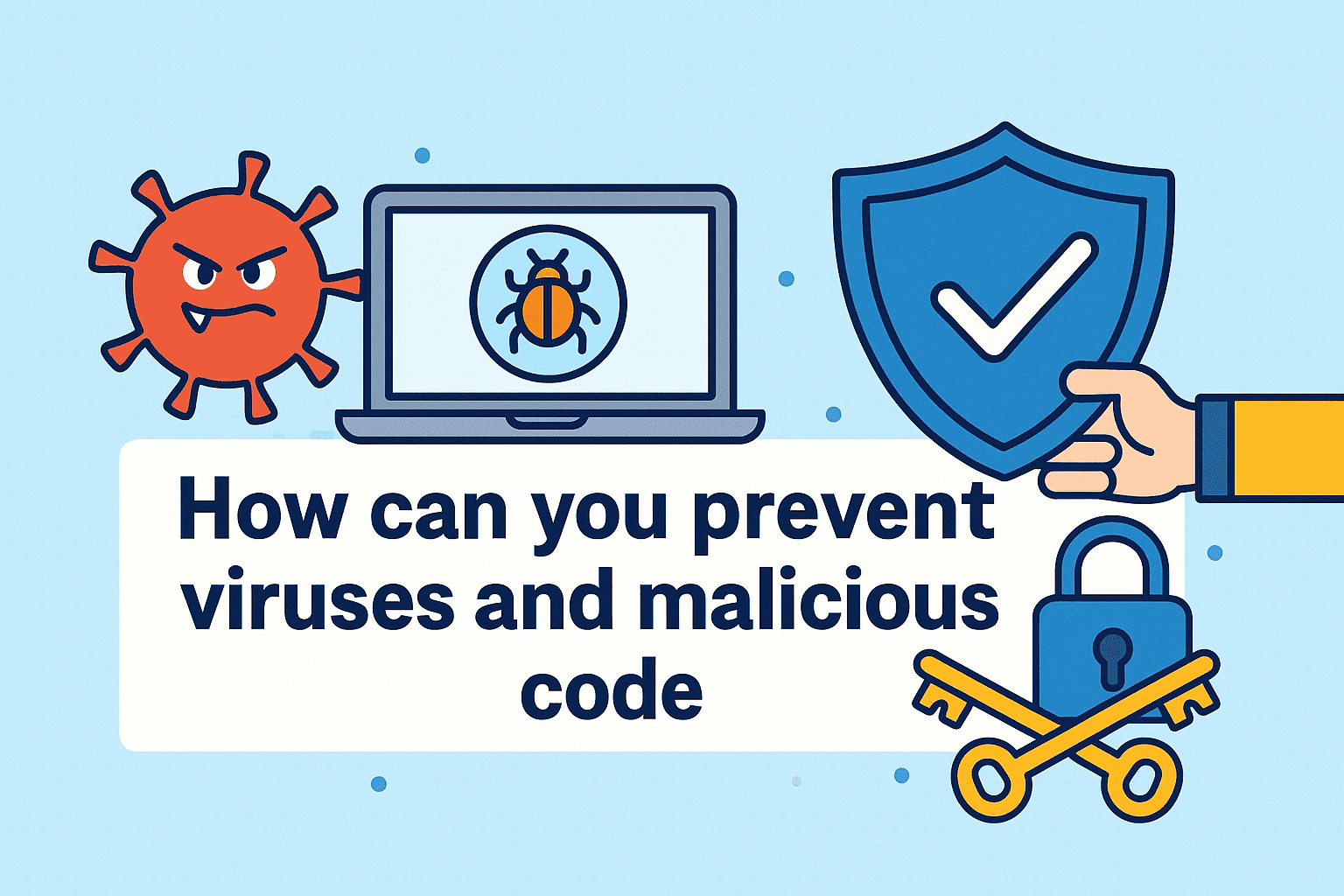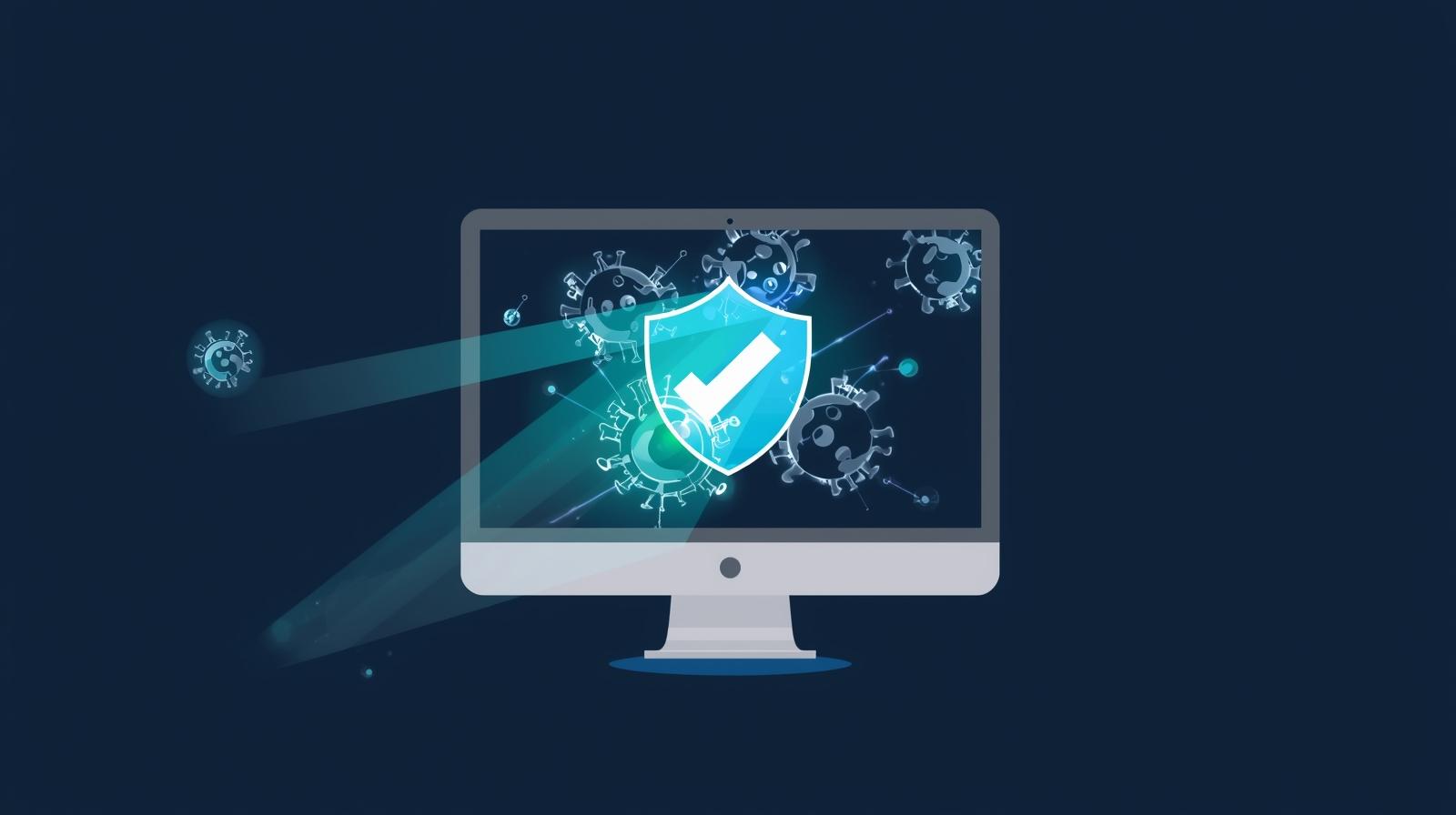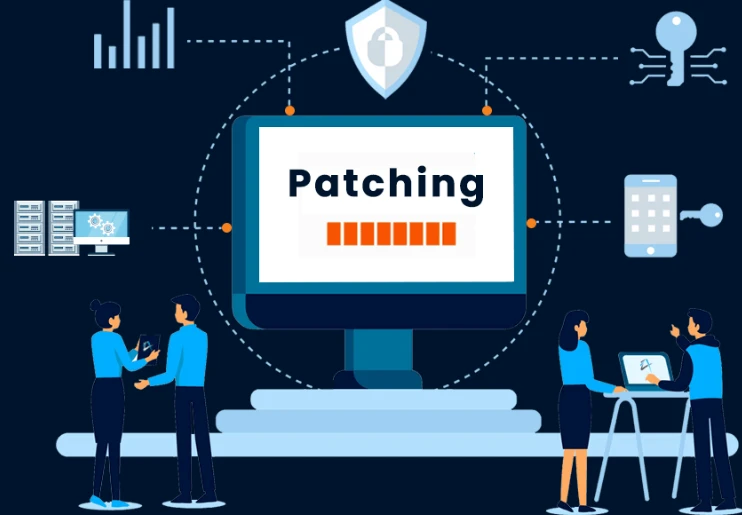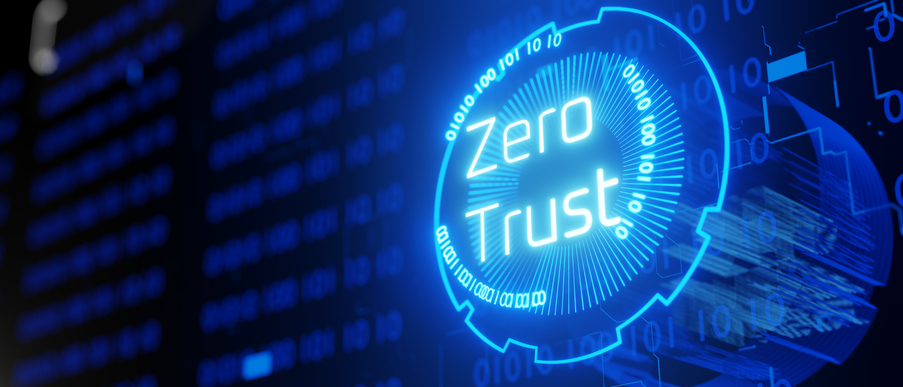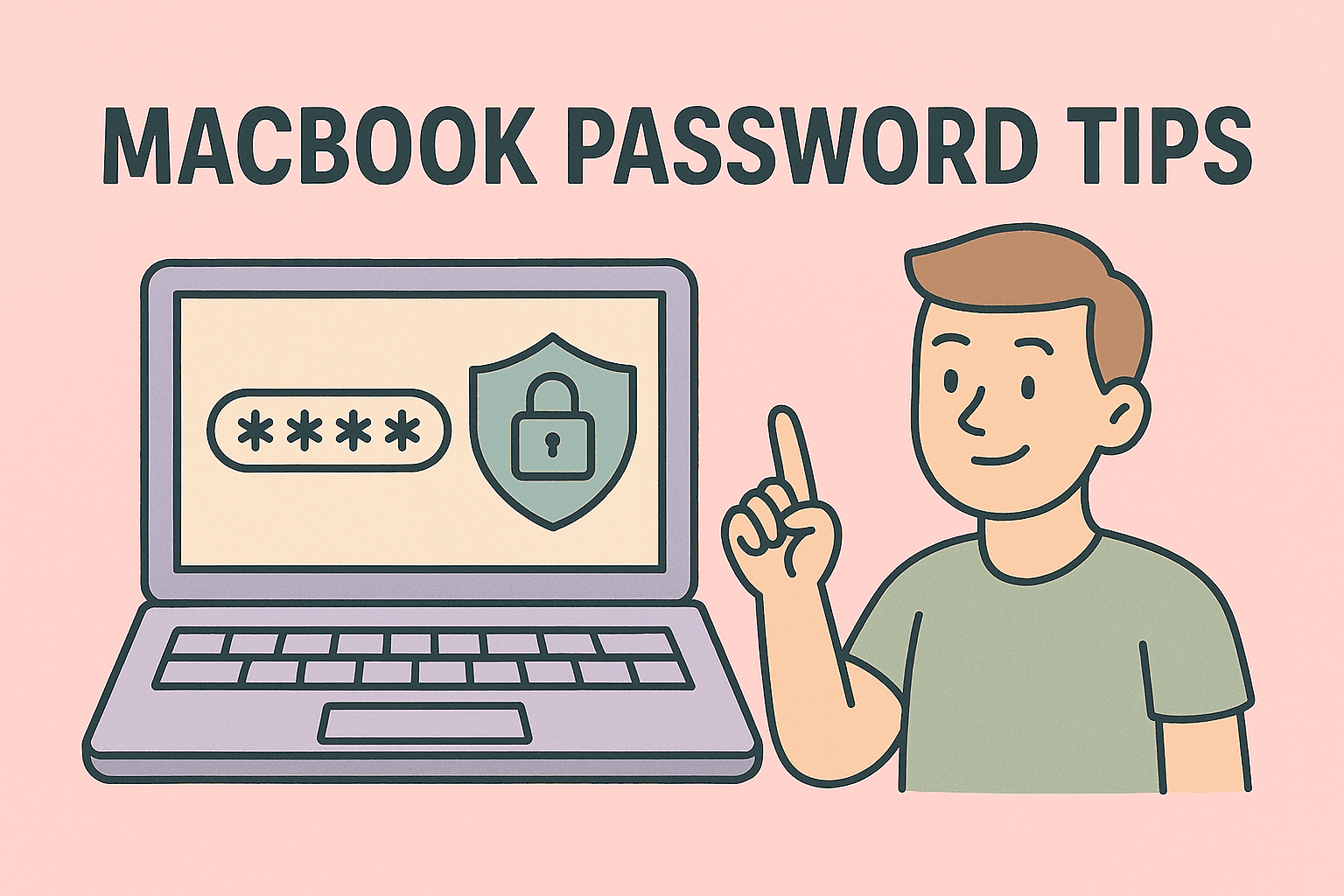How Can You Prevent Viruses and Malicious Code? A Complete Security Guide
Updated on June 5, 2025, by ITarian
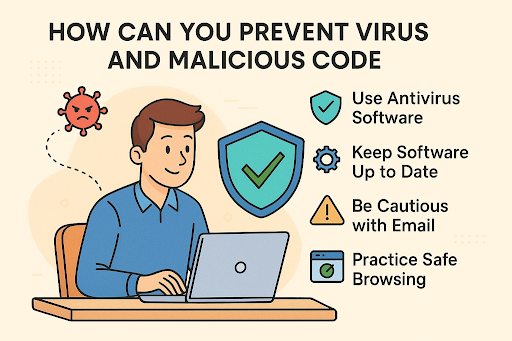
In today’s hyper-connected world, no business, regardless of size, is immune to digital threats. From sophisticated malware to everyday phishing scams, malicious code can quietly breach systems, steal sensitive data, and halt operations. The real question is: how can you preventa virus and malicious code before it’s too late?
This guide is designed for IT professionals, security leaders, and business decision-makers seeking proactive ways to harden their digital environments. Let’s explore real, actionable techniques to safeguard your devices and data.
Understanding the Threat: What Is a Virus and Malicious Code?
Before diving into solutions, let’s clarify what we’re dealing with.
- Computer Virus: A type of malicious software that replicates by attaching itself to files or programs.
- Malicious Code (Malware): A broader term encompassing viruses, worms, trojans, spyware, ransomware, and logic bombs designed to exploit or damage systems.
These threats can enter your network via:
- Phishing emails
- Compromised software downloads
- Unsecured websites
- External devices like USB drives
Understanding the origin is crucial to knowing how to prevent viruses and malicious code effectively.
Ways to Avoid Malware: 10 Best Practices
Protecting your systems doesn’t have to be complex. Here are essential ways to avoid malware:
- Install and Update Antivirus Software
- Use reliable, real-time protection.
- Schedule automatic updates and scans.
- Enable a Firewall
- Acts as a gatekeeper to monitor incoming/outgoing traffic.
- Update All Software Regularly
- Patch known vulnerabilities in OS and applications.
- Limit Admin Rights
- Use the principle of least privilege (PoLP).
- Disable Macros in Office Documents
- Especially from untrusted sources.
- Avoid Pirated Software
- These are often infected with hidden malware.
- Scan External Devices Automatically
- Prevents USB-based virus infections.
- Use Encrypted Email
- Protects sensitive communications from interception.
- Employ Network Segmentation
- Limits the spread of malware across departments.
- Regularly Backup Data
- Essential for ransomware recovery.
Safe Browsing Habits: The Human Firewall
Technology aside, user behavior plays a huge role in malware prevention. Developing safe browsing habits is just as important as deploying security tools.
Dos:
- Visit HTTPS websites only
- Hover over links before clicking
- Log out of secure sites after use
Don’ts:
- Click on suspicious pop-ups
- Download attachments from unknown senders
- Store passwords in browsers
Educate employees on identifying social engineering tactics. Cybersecurity awareness training can transform staff into the first line of defense.
How Can You Protect Your Computer from Virus Attacks?
Beyond browsing safely, IT leaders must take steps to protect computers from viruses at both individual and network levels.
Device-Level Security:
- Use endpoint protection software
- Turn on real-time threat monitoring
- Restrict installation of unauthorized software
Network-Level Security:
- Monitor traffic using intrusion detection systems (IDS)
- Enforce multi-factor authentication (MFA)
- Apply DNS filtering to block malicious sites
Bonus Tip: Use virtual machines (VMs) to open suspicious files in isolated environments.
Enterprise Measures: For IT Managers and CEOs
Leaders must go beyond desktop tools and implement organization-wide controls:
Policy & Compliance:
- Implement and enforce acceptable use policies (AUP)
- Adhere to data protection regulations (GDPR, HIPAA, etc.)
Technology & Integration:
- Integrate SIEM systems for threat detection
- Use zero trust architecture for stricter access controls
Incident Response:
- Develop a Cyber Incident Response Plan (CIRP)
- Conduct regular penetration testing and simulations
These practices show stakeholders you’re serious about security—and they drastically reduce operational risk.
Tools That Help Prevent Virus and Malicious Code
Here’s a curated list of tools every IT leader should consider:
| Tool | Purpose |
| Itarian Endpoint Manager | Centralized endpoint protection |
| Bitdefender GravityZone | Antivirus + threat analytics |
| Malwarebytes | Anti-malware scanner |
| Fortinet FortiGate | Next-gen firewall |
| Cisco Umbrella | DNS-layer security |
Combine multiple tools for a layered defense strategy that minimizes vulnerabilities.
Make Cybersecurity a Culture, Not a Checklist
If you’re wondering how can you prevent virus and malicious code, remember—it’s not a one-time fix. It’s a continuous process involving tools, people, and policy.
Whether you’re safeguarding your personal laptop or protecting a global workforce, the steps above are not just suggestions—they’re survival strategies.
👉 Take control of your security today. Sign up for free with Itarian and fortify your digital defenses from end to end.
✅ FAQs: How Can You Prevent Virus and Malicious Code?
1. What’s the most effective way to avoid malware?
A combination of antivirus software, user training, and safe browsing habits is most effective.
2. How often should antivirus software be updated?
Set it to update daily. Threats evolve fast—so should your defenses.
3. Can opening an email infect your computer?
Yes, especially if it contains malicious attachments or links. Always verify the sender.
4. Are free antivirus programs safe?
Some are reliable, but enterprise environments should use premium tools with real-time protection.
5. What should I do if I suspect malware on my system?
Disconnect from the network, run a full system scan, and consult your IT or cybersecurity team immediately.

